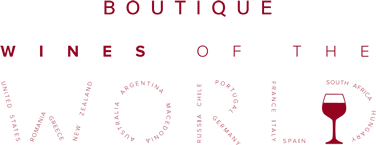Google maps
Map style
The vast majority of wine faults are detected by the nose and the distinctive aromas that they give off. However, the presence of some wine faults can be detected by visual and taste perceptions. For example, premature oxidation can be noticed by the yellowing and browning of the wine’s color. The sign of gas bubbles in wines that are not meant to be sparkling can be a sign of refermentation or malolactic fermentation happening in the bottle. Unusual breaks in the color of the wine could be a sign of excessive copper, iron or proteins that were not removed during fining or filtering. A wine with an unusual color for its variety or wine region could be a sign of excessive or insufficient maceration or as well as poor temperature controls during fermentation. Tactile clues of potential wine faults include the burning, acidic taste associated with volatile acidity that can make a wine seem out of balance.
